Curious about Nordic parenting? Here’s what you need to know

This is my guide to Nordic parenting.
In this all-new guide you’ll learn:
- What Nordic parenting is
- The top benefits of Nordic parenting
- Healthy discipline strategies that work
- How to get started
- Lots of tips, examples, and hacks
So, if you want to raise your kids like a Scandinavian, you’ll love today’s post. (psst: you can get my 6 simple steps to Danish parenting here).
Let’s get started.
This post contains referral links for products I love. Danish Mom earns a small commission at no extra cost to you if you make a purchase through my links. Thank you for your support ♡
Table of Contents
What is Nordic parenting?
Nordic parenting is a parenting philosophy and research-based method built on the idea that our relationship with our children is the most important thing, and that it – combined with free play, hygge, and spending time outdoors – holds the key to raising healthier, resilient, and confident children.
Nordic countries (Denmark, Sweden, Norway, Finland, and Iceland) raise their children in a similar way.
We have an empathic, honest, and respectful approach to parenting. This means that I want my kids to listen – not because they’re afraid of me or the consequences – but because they respect me and know that I only want the best for them.
Nordic parenting fosters the notion that the child is essentially good and that there’s always a reason for misbehavior (hunger, tiredness, bored, etc). We strive, as parents, to become a natural authority whom the children respect and feel safe with.
Parental leave in Scandinavia
One of the best-known features of Nordic parenting is our parental leave. There are of course some differences between the countries, but they more or less all offer a long parental leave and child benefit.
In Denmark, we’re entitled to 12 months of parental leave. New moms in Denmark get 18 weeks of maternity leave (four weeks before the birth and 14 weeks after, all at full pay). The dad takes two consecutive weeks off straight after the birth.
After that, parents can share 32 weeks of leave and also save some of it and use it years later. If the child or a parent gets sick, they can extend the parental leave for another 14 weeks.
The Danish government covers 52 weeks of pay, not always at the full salary, though.
We also receive a quarterly child benefit at 4.629 DKK ($759) per child, and a teen allowance at 961 DKK ($157) until they’re 18. The amount depends on the child’s age and your income.
Also, if parents have to take time off to care for a sick child, they are entitled to “Barnets første sygedag”, which translates to “the child’s first sick day”. They can take this day off, paid for by their workplace.
Read next: 20 tips you can learn from Scandinavian parents for hacks and tricks to raising resilient and happy kids
How is Nordic parenting different?
Scandinavian countries consistently rank highly among the happiest countries in the world, while America’s ranking has been falling fast. Although a lot of factors go into measuring a country’s happiness, one that deserves a closer look is family life.
So, how does Scandinavian parenting differ from American parenting? There are some specific differences but, in general, the Scandinavians have a more relaxed parenting style.
These are some of the key components:
- More time outdoors
- No empty praises
- Empathy for the child’s feelings
- Lots of free play
- Always non-violent
- Regular open communication
- Research-based
What’s an example of Nordic parenting?
So, all the aspects of Nordic parenting sound pretty good, but what does it actually look like in practice?
Here’s an example from my daily life:
My 3-year-old doesn’t want to get dressed. It’s morning, and he knows we’re doing this every day. But for some reason, he’s just not cooperating.
Now, rather than saying “do it now”, “come on!”or “this is your last chance”, I’ll sit quietly next to him, put my arm around him, and say: “I’ll help you, ok?”, and let him calm down and feel that we’re on the same side.
Instead of arguing with him, I’m turning this into a positive interaction.
There’s always a reason why children misbehave. Maybe they’re tired, bored, or hungry, but they’re too young to know how that makes them react and why. In Nordic parenting, we help them understand. In return, I, personally, experience fewer tantrums.
Nordic parenting and discipline
At first glance, Nordic parenting might sound like parenting without consequences for bad behavior. BUT contrary to what many may think, Nordic parenting doesn’t mean you respond with “I love you” when your 2-year-old hits you.
The most effective discipline strategy in Nordic parenting is having a close bond with your child. Kids who feel connected to their parents naturally want to please them.
Therefore, we guide, inform, and teach our children how to behave, and we use logical consequences instead of punishment. For instance, if the child refuses to pick up his toys, just take the toys and tell the child that he can get them back when he follows the rules.
It’s a logical consequence instead of threatening to cancel playdates or a trip to the playground.
Read this post about Nordic parenting hacks for more hands-on, practical tips.
6 steps to raising your kids like a Scandinavian
The authors of The Danish Way Of Parenting have explained very well how Danes (and more or less the rest of Scandinavia) raise happy, confident, and successful kids, year after year.
They’ve created six essential principles of Danish parenting around the “easy-to-remember acronym Parent”.
Play is essential for development and well-being.
Authenticity fosters trust and an inner compass of self-esteem
Reframing helps kids cope with setbacks and look on the bright side.
Empathy helps kids understand and share the feelings of others.
No ultimatums means no power struggles or threats. Give respect to receive it.
Togetherness is what we call hygge. We prioritize quality time and family hygge on special occasions and every day. By cooking together, playing games, or watching a movie together.
Read next: Danish parenting: 6 easy steps to happier kids (and parents)
What Are The Benefits of Nordic Parenting?
Scandinavia approaches parenting from a different angle than America. In general, Nordic parenting encourages more freedom, independent play, and less hovering.
Children are taken seriously, and they get a say, which equips them to speak their minds.
Studies show that this approach ultimately fosters happy and empathetic children.
These are some of the main benefits of Nordic parenting:
Resilience and confidence
Nordic kids are taught to see the world as it really is. We talk about the good and the bad, which in turn makes the children really feel.
This strengthens their self-esteem and makes them ready for future struggles.
Strong immune system
Letting them dig in dirt exposes them to healthy bacteria, which can help build a strong immune system, and reduce the risk of asthma and allergies.
Friluftsliv
In addition to the health benefits of fresh air and physical fitness, friluftsliv (outdoor time) is a powerful way for kids to learn about their role in the natural world and how to look out for the world around us.
I’m dedicating a whole section on outdoor play soon so make sure to check it out!
Self-esteem and happiness
Kids learn how to see the world from their parents. We focus on the positive of a negative experience – for instance, say a child can’t build a roof for his Lego house – we focus on the positive: “You just haven’t learned yet”, we’ll say, and “the house you’ve built is beautiful and I can see you’ve put a lot of effort into it”.
That way, they’ll learn to see mistakes as learning opportunities instead of shameful. And that, ultimately, gives a child self-esteem and makes them happy.
More effective communication
Your child is more likely to listen to you when they feel connected to you. This is the thing with punishment.
It diminishes your connection and makes it less likely your child will do what you ask. You need to build connections to gain cooperation. When you get that, your relationship will be strong and thriving.
Stronger relationship with your child
Nordic parenting helps to develop stronger parent-child relationships.
There’s a great deal of trust between children and parents, and the trust is there because they have positive interactions (calm tone of voice, respect, honesty, positivity).
Less negative behaviour
Nordic kids are like any other kids – they still have meltdowns and misbehave.
BUT the difference is that rather than focusing on negative behavior, Nordic parents offer positive alternatives to unwanted actions.
Speaking from experience, we see fewer meltdowns and we never engage in power struggles at our house.
Freedom fosters responsibility
One of the things that characterizes Nordic parenting is freedom.
For instance, kids are allowed to climb high trees from an early age or help out in the kitchen by slicing or cutting vegetables. Theo is 3, and he makes his own oatmeal (while I supervise).
This helps them learn how to feel their limits, learn how to judge risk, make sound decisions, and be responsible.
When is the stove hot, and how do I keep the balance on the branches of the tree? Research suggests that it makes children learn to take care of themselves.
Baby sleeps longer
One study from Finland found that babies who nap out in the cold winter air stay asleep longer than those sleeping indoors.
Again, I see this clearly with Toby, my 3-month-old baby. When he sleeps outside, I have to wake him up (or else he’ll sleep for 4-5 hours in a row). When he naps inside, he wakes up regularly and needs his pacifier.
YOU feel better
Raising your kids with respect and empathy feels GREAT. I mean, I still get super frustrated – parenting is hard no matter where in the world you live – but I rarely have to raise my voice and my son respects and trusts me.
It feels much better than being constantly frustrated, mad, or running around like a chicken without its head.
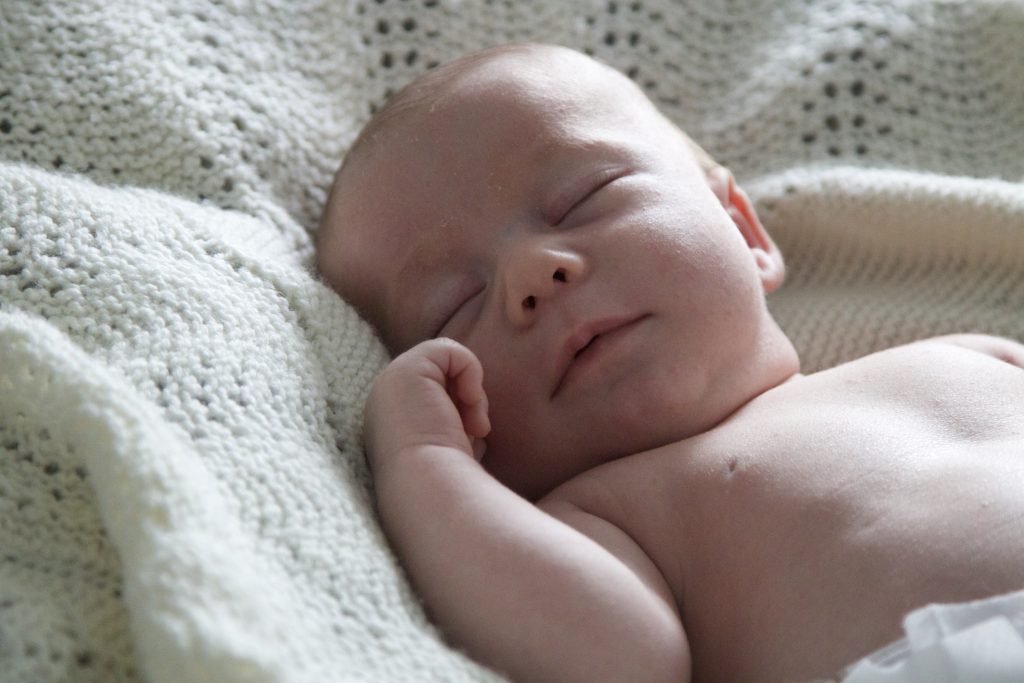
Books about Nordic Parenting
The Danish Way Of Parenting – A Dane and an American explain how free play, honesty, and hygge time together is a parenting secret of the happiest people in the world.
There’s No Such Thing As Bad Weather – A Swedish-American mother moves to Sweden to discover the importance of the outdoors to childhood development and if it’s the key to healthier, happier lives for her American children.
Getting Started with Nordic Parenting
Raising kids the Nordic way obviously has its limitations outside of Scandinavia.
You can’t copy-paste the entire Nordic parenting culture onto the one you have in the U.S. for instance. You’re not supported by family, friends, and school personnel who grew up with different values.
However, you CAN still try to bring some of these tips into your life.
Nordic parenting hacks you’ll want to steal
Here are a few tips to get you started:
- Turn off the TV and iPads and let the children play freely – preferably outside or with something creative, because it develops children’s brains the most.
- Remember that children are good by nature, and they are meant to push boundaries and test rules – that’s how they grow.
- Be honest with your kids. Don’t exaggerate praise. This is how they best learn to distinguish right from wrong.
- Talk to your child about how others feel (like, “How do you think Jason felt when Eli didn’t want to play with him”).
- Pay attention to your own negativity. Consider how you describe your child (“he’s lazy” or “he’s naughty” are no-no’s). Distract rather than scold – if they won’t stop asking about something, subtly change the focus to distract them.
- Have fun with your child. Create hygge and teach your children that family is a team.
- Spend time together. Even if it’s just for 15 minutes. It’s about quality, not quantity.
More stuff you’ll love:
Danish parenting: 6 easy steps to happier kids (and parents): A guide that shows you the 6 pillars of Danish parenting, including everyday examples.
20 parenting tips you can learn from Scandinavia: If you’re serious about Nordic parenting, you’ll need tools to help you do the job. Here’s a list of the best of the bunch.
My best parenting tips: This is an updated list of parenting strategies that focus on respect, health, and emotion.
How to handle a toddler who isn’t cooperating: Learn how to avoid ultimatums and power struggles.
FAQ – Scandinavian parenting
What is Nordic parenting?
Nordic parenting values independence, empathy, and outdoor play, with a focus on emotional well-being and balanced family life.
What is the Scandinavian way of parenting?
Scandinavian parenting emphasizes outdoor play, independence, and teaching kids empathy. It values a balanced family life and emotional well-being.
What is the Norwegian way of parenting?
Norwegian parenting focuses on outdoor play, independence, and empathy. It encourages a close family bond and a healthy balance between freedom and responsibility.
What are Nordic baby practices?
Nordic baby practices include:
- Lots of outdoor time, regardless of weather, promoting a connection with nature.
- Emphasis on early independence, like sleeping in separate beds.
- Encouraging self-feeding and exploration during mealtimes.
- Relaxed, family-friendly social policies supporting parental leave.
- Prioritizing work-life balance to spend quality time with children.
Save it!
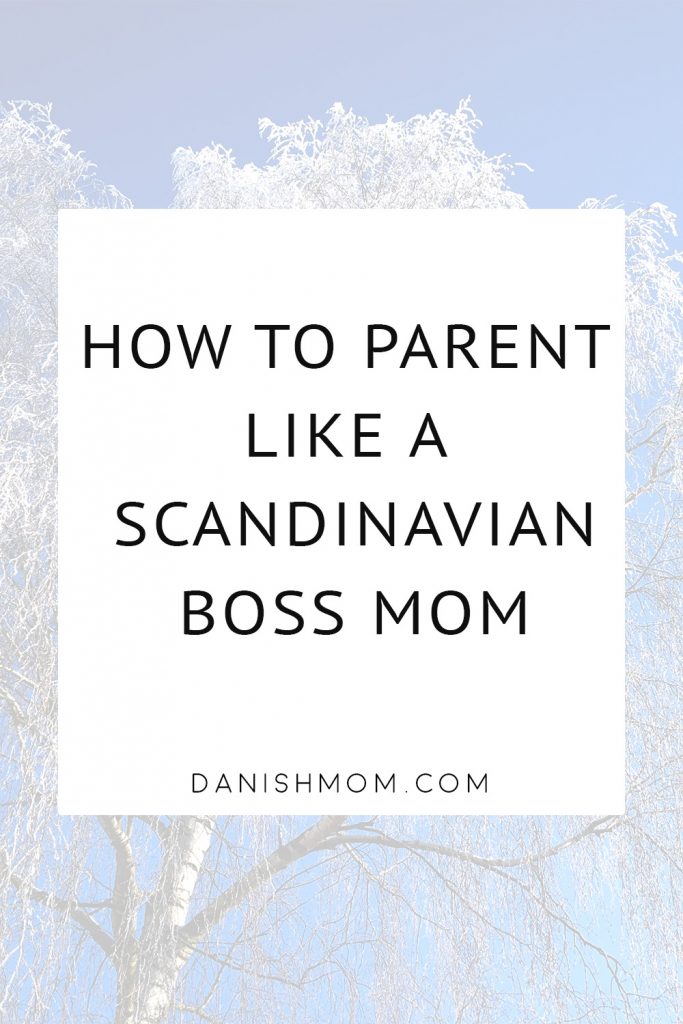


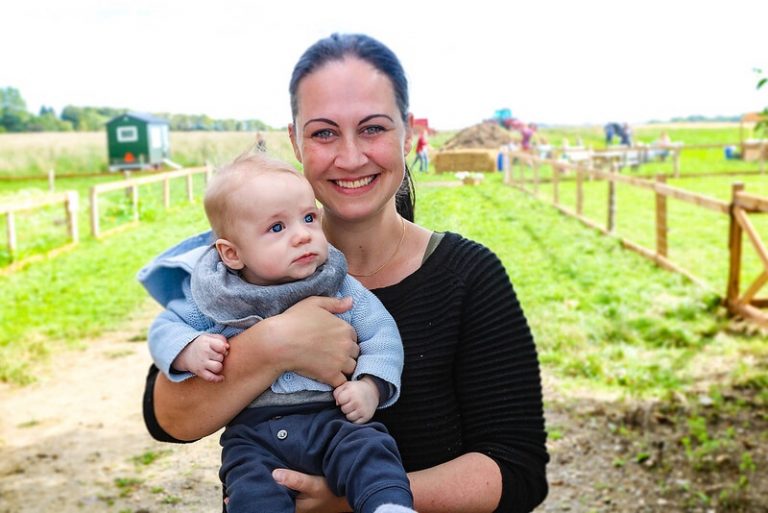
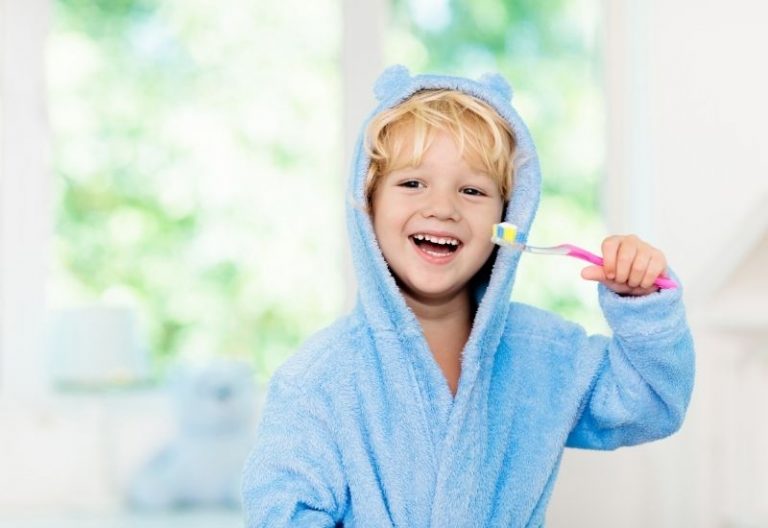
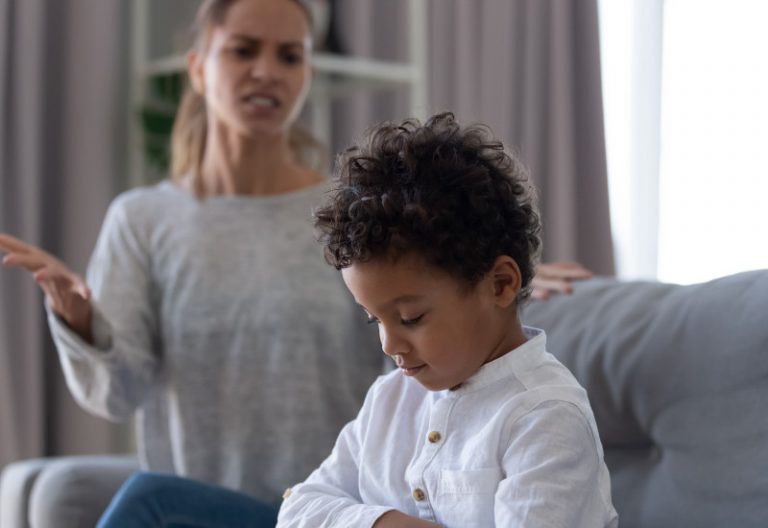
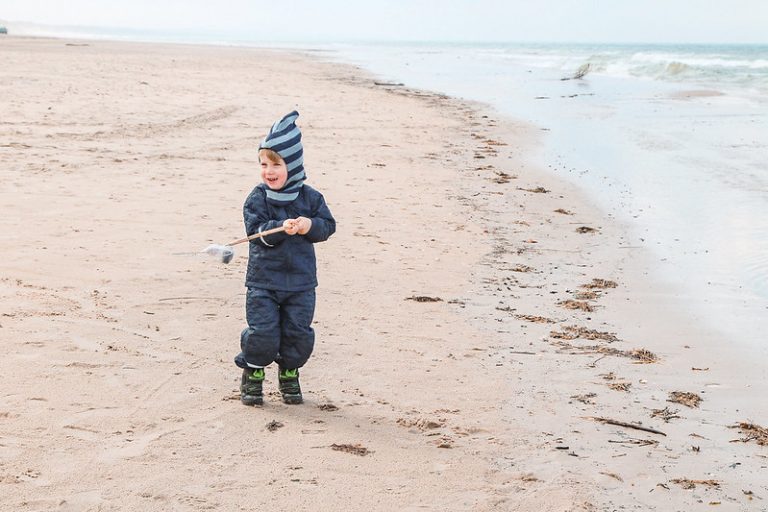
One of the biggest culture shocks I got was when I lived in both Norway and Sweden. I witnessed how disrespectful kids can be to their parents, teachers, adults in general. In addition, I witnessed how many Scandinavian parents and grandparents let their kids run around and scream (I’m talking in stores and other public settings, not playgrounds), and constantly interrupt adults trying to have a conversation. I saw so much passiveness and “child worship”, it made me sick.
You can idealize Nordic parenting, and put them on a pedestal all you want, I know what I saw – weak, conformist parents trying so hard to be “liked” by their kids, and not appear “strict” to their peers. Disciplining kids is a joke there – and I’m not talking about the absence of corporal punishment, either.
As far as the “happy” factor among the Nordics (and comparing it to the U.S., of course) these measurements are more about contentment / satisfaction in life than they are about real happiness. Almost half the populations of DK, SE, NO, FI are on anti-depressants, anyway, or they have a very unhealthy, unhappy relationship with alcohol – to contrast of their passive, non-confrontational nature when sober – so there’s bound to be lots of denial when surveyed about one’s happiness.
Hi Kevin,
You didn’t like our way of life here in Scandinavia, I’m sorry to hear that. But stating that half of all Scandinavians are either on anti-depressants or have an alcohol problem? That’s ridiculous.
I write about how I raise my kids here in Denmark and I back everything with studies and FACTS. Do my kids talk back some times? Sure. Do they make a scene in the grocery store when they can’t have candy or ice cream? Yes, sometimes. But I deal with it by staying calm and teaching them how to listen, because you can’t force your kids to respect you. It’s a different approach to discipline than you’re used to, but it doesn’t make me – or anyone else here – a passive, alcoholic or depressed mom.
Why did you look at this site?
Thanks, Kath!